Have you ever brewed coffee that turned out too sour, too bitter, or just… flat? Many beginners blame the beans, the coffee maker, or even themselves. But in most cases, the real culprit is your coffee grind size.
Grind size determines how much flavor is extracted, how fast water flows through the grounds, and ultimately whether your cup tastes balanced and delicious—or disappointing.
This guide is written for complete beginners. You don’t need any prior knowledge. By the end, you’ll understand:
- What coffee grind size actually means (in simple terms).
- Why grind size is so sensitive and why “rules” don’t always apply.
- The right grind sizes for different brewing methods.
- How to adjust, experiment, and troubleshoot like a barista.
- Practical tips that make your coffee taste better right away.
And you’re not just getting vague theory. This guide gives you grind charts, troubleshooting steps, and a repeatable experiment plan you can use at home—all for free. That’s our gift to help you brew better.
Table of Contents
What Is Coffee Grind Size?
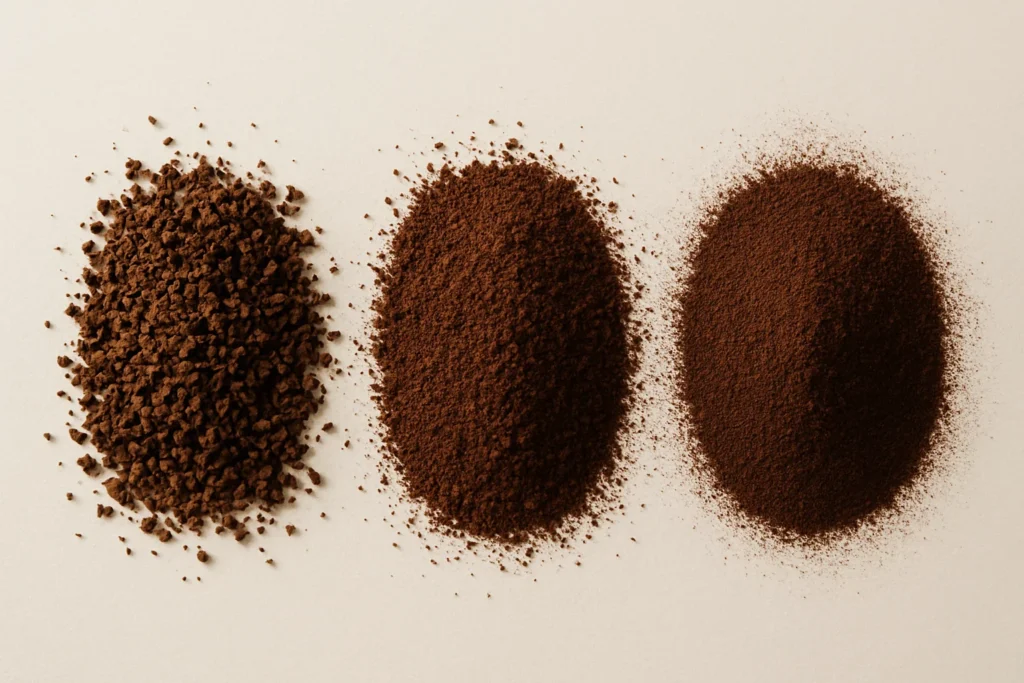
At its simplest, coffee grind size refers to how large or small your ground coffee particles are.
- A coarse grind has big chunks, like sea salt.
- A medium grind looks like sand.
- A fine grind is powdery, like flour or table salt.
Why does this matter? Because grind size controls how water interacts with the coffee.
Think of coffee grounds as tiny doors that let flavor out:
- Coarse grind = big doors → water passes quickly, extracts less.
- Fine grind = tiny doors → water moves slowly, extracts more.
If the doors are too big (grind too coarse), your coffee tastes sour and thin. If they’re too small (grind too fine), water pulls out too much, and your coffee tastes bitter and harsh.
Why Coffee Grind Size Matters More Than You Think
Most beginners assume coffee is just about the beans or the machine. But baristas and professionals spend more time adjusting grind size than almost any other variable.
Why? Because grind size affects:
- Extraction speed – how quickly water dissolves flavor compounds.
- Flavor balance – whether your coffee tastes sour, bitter, or smooth.
- Water flow – in espresso, fine grinds slow water to allow flavor to extract in seconds; in French press, coarse grinds prevent sludge in long steeps.
The Specialty Coffee Association (SCA), the global standard-setting body for coffee, emphasizes grind size as a primary variable in extraction. According to their brewing control charts, particle size directly determines whether you hit “ideal extraction” or fall into sour or bitter zones.
This isn’t guesswork—it’s science. And the exciting part? You can control it at home, even with a simple grinder.
Why “General Rules” Can Mislead Beginners
It’s tempting to memorize charts like:
- Espresso = fine
- French press = coarse
But here’s the truth: general rules are just starting points. Coffee grind size is sensitive, and multiple factors influence what works in practice:
- Your grinder: One grinder’s “fine” might be another’s “medium.” Grinder settings aren’t standardized.
- Your beans: Light roasts are denser and need finer grinds; dark roasts are brittle and extract faster.
- Age of beans: Fresh beans (full of CO₂) behave differently from older beans.
- Humidity and weather: Baristas adjust grind size multiple times a day as weather changes.
- Filters and baskets: Espresso baskets, paper filter thickness, and even mesh size all affect how water flows.
For clear visual benchmarks, check The Coffee Chronicler’s Grind Size Chart. It shows real-world grind photos and measurements so you can compare your own grinder output.
Surface Area and Extraction (The Science Made Simple)
Coffee grind size changes surface area. More surface area means faster extraction.
Imagine dissolving sugar:
- A sugar cube takes minutes.
- Powdered sugar dissolves instantly.
Coffee works the same way. Smaller particles let water pull flavors more quickly. But not all flavors taste good.
- The first compounds extracted are acids (bright, sour).
- The last are bitter compounds.
- The sweet spot is in the middle.
Grind size decides whether you stop extraction at balance—or go too far.
Under-Extraction vs Over-Extraction
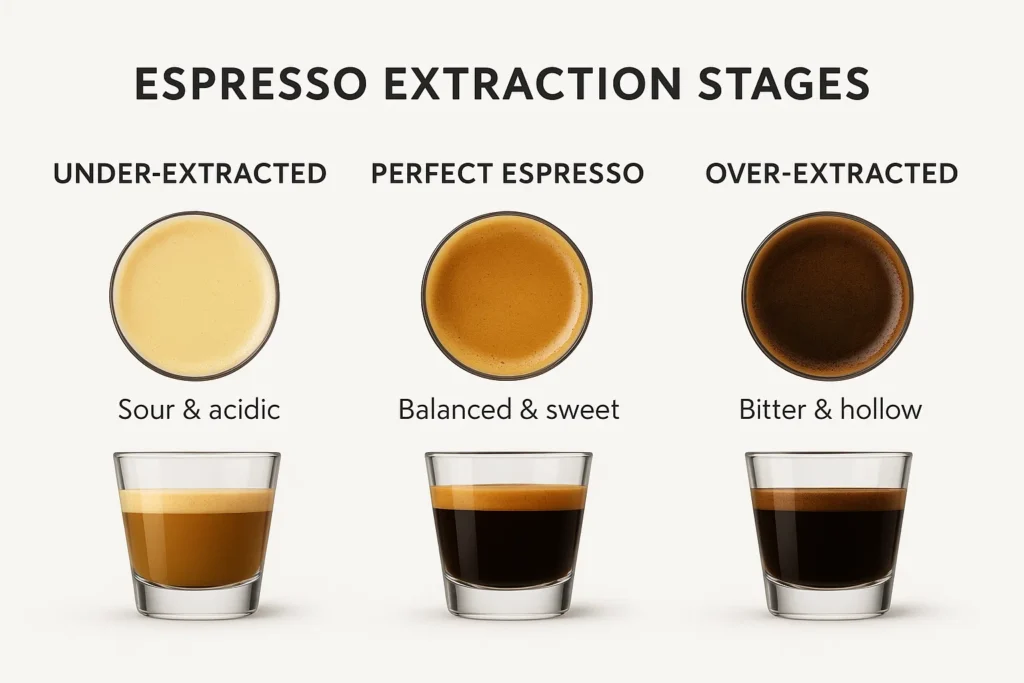
- Under-extracted coffee (grind too coarse): tastes sour, grassy, thin. Like biting into an unripe fruit.
- Over-extracted coffee (grind too fine): tastes bitter, dry, harsh. Like over-brewed black tea.
- Balanced extraction: tastes sweet, smooth, full.
Coffee Grind Size by Brewing Method
Let’s walk through the most common brewing methods. For each, you’ll get a starting grind size, why it works, and troubleshooting tips.
1. Espresso – Fine Grind
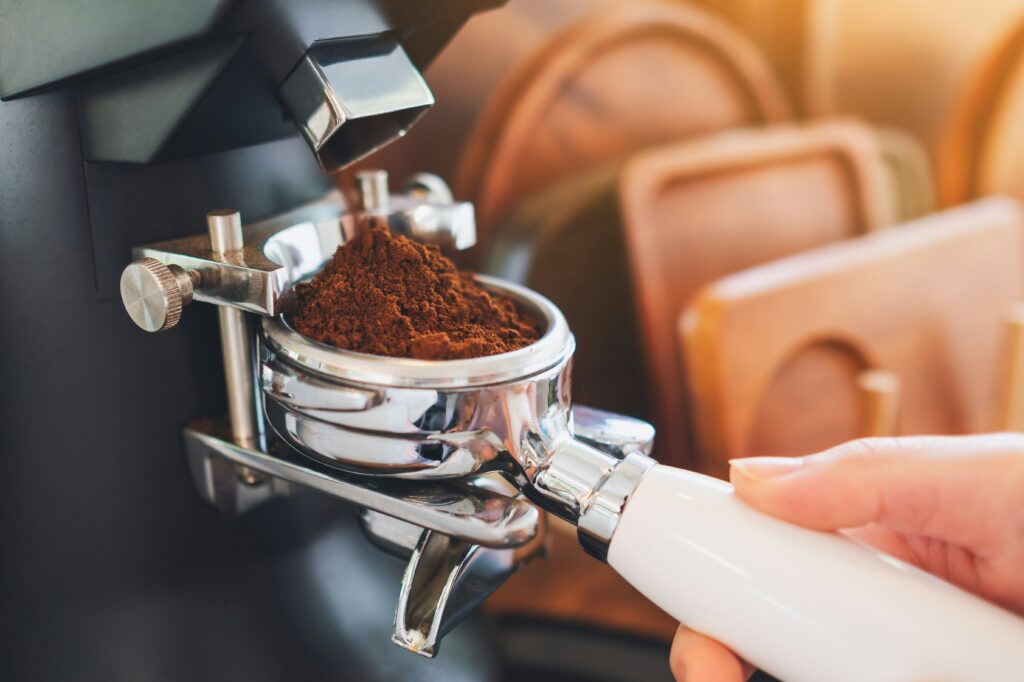
Espresso extracts in just 25–30 seconds under ~9 bars of pressure. That means the grind must be very fine to slow water enough to pull flavor.
- Starting point: Fine grind, like table salt.
- Why: Too coarse = water races through, sour shot. Too fine = machine chokes, bitter shot.
Tips:
| Sour | fast shot (<20s) | grind finer |
| Bitter | slow shot (>35s) | grind coarser |
| Spraying or channeling | uneven distribution | Try WDT tool |
2. Moka Pot – Medium-Fine Grind

Moka pots brew under pressure but not at espresso levels. They need a fine-medium grind.
- Starting point: Between sand and table salt.
- Why: Too fine = clogging and bitterness. Too coarse = weak, sour brew.
- Tip: Don’t tamp; just level grounds in basket.
3. AeroPress – Flexible Grind
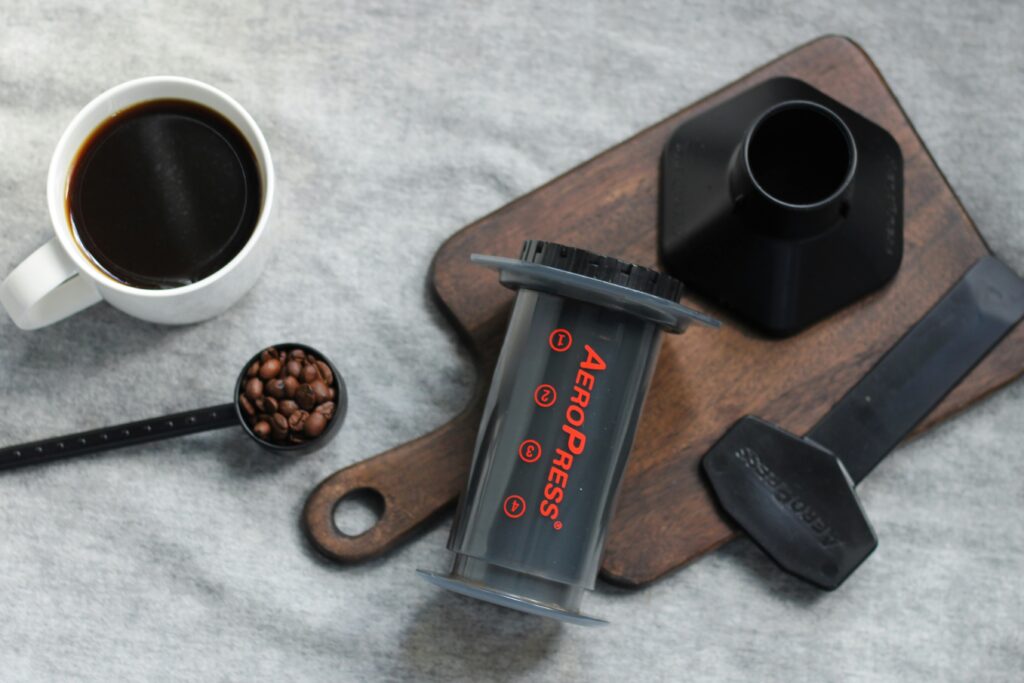
The AeroPress can mimic espresso or act like French press. Grind size depends on recipe length.
- 1-minute brew: Fine grind.
- 2–3 minute brew: Medium-fine grind.
- Why: Short time needs fine grind to extract quickly. Longer time lets medium grinds balance flavor.
4. Pour-Over (V60, Kalita, Chemex)
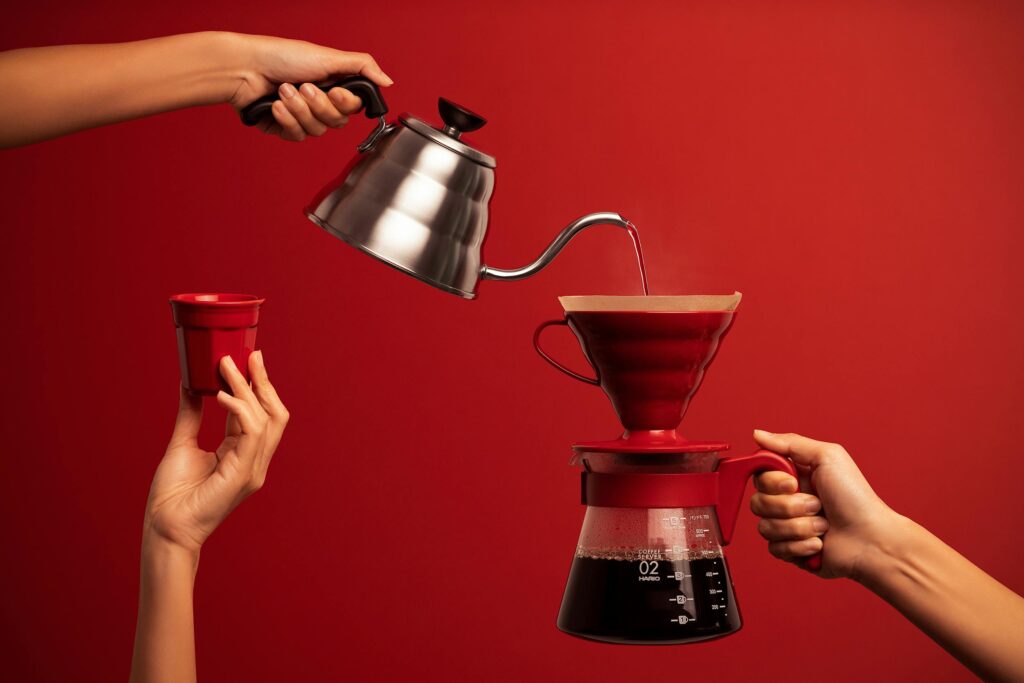
Pour-over methods rely on gravity, so grind size = flow control.
- V60: Medium-fine, drains fast. Aim for ~3 minutes.
- Kalita: Medium grind, flat bed helps even extraction. Aim for 3–4 minutes.
- Chemex: Medium-coarse, thick filters slow drainage. Aim for 4–5 minutes.
5. Drip Coffee Machine – Medium Grind

Most drip brewers work best with medium grind.
- Why: Balances flow and extraction.
- Tip: Rinse filter first to avoid papery taste.
6. French Press – Coarse Grind
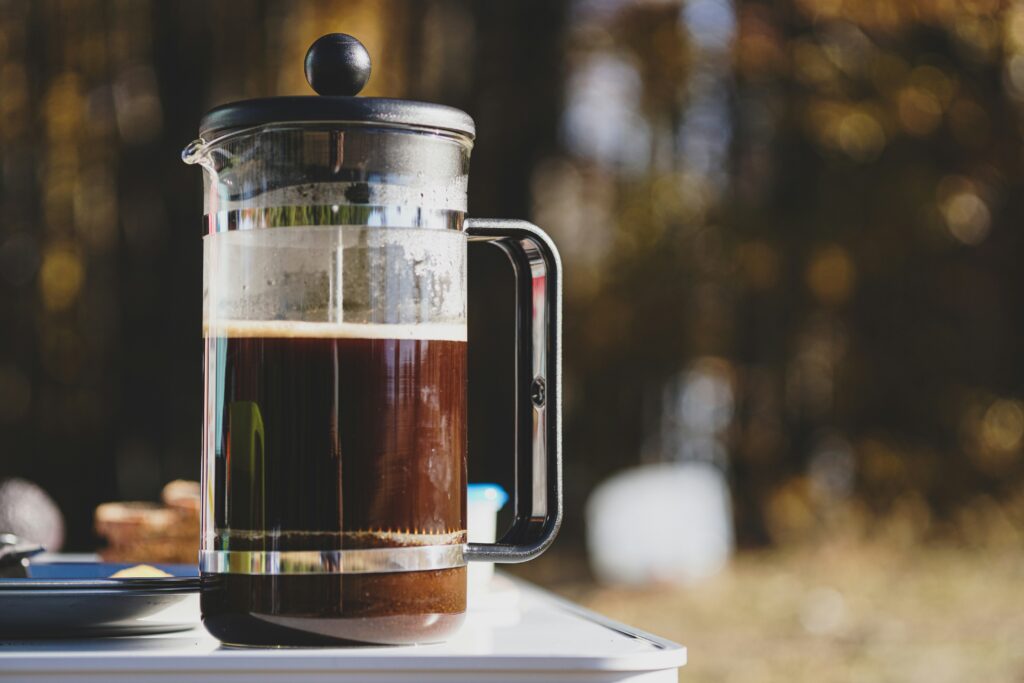
Steeped for ~4 minutes. Coarse grind avoids bitterness and sludge.
- Too fine: Muddy, bitter.
- Too coarse: Sour, weak.
7. Cold Brew – Extra Coarse Grind
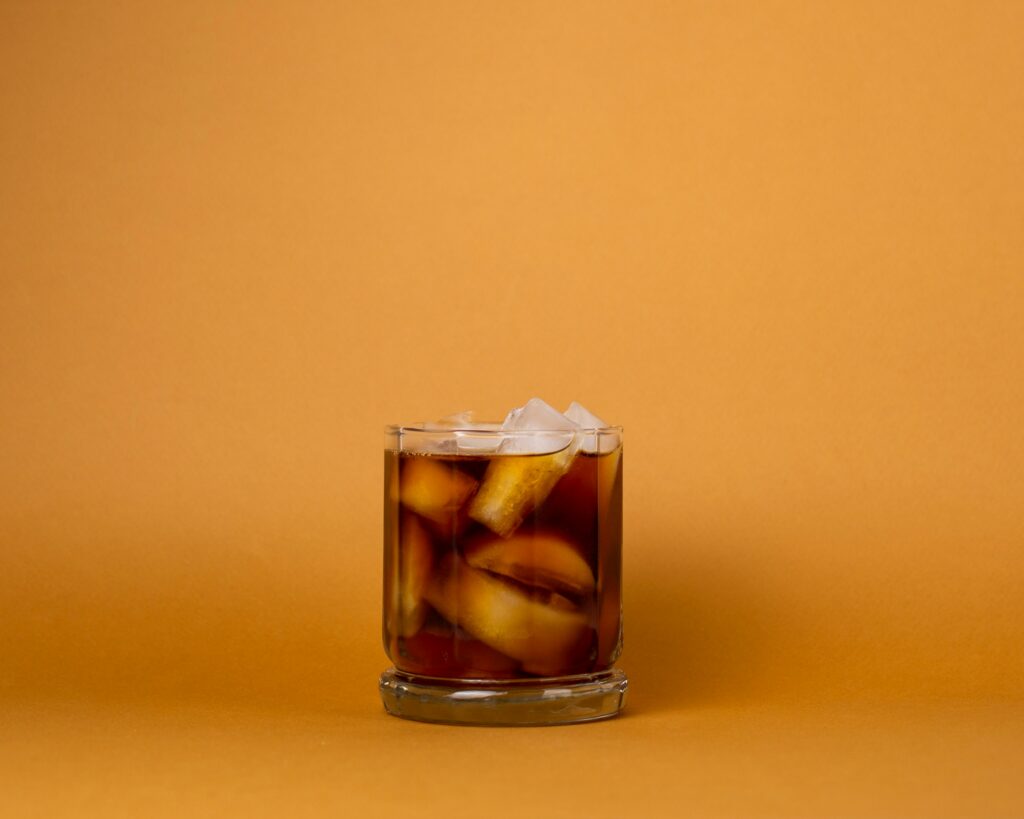
Steeped for 12–24 hours. Needs very coarse grind to prevent bitterness.
- Starting point: Like cracked pepper.
- Tip: Brew concentrate (1:5 ratio) and dilute later.
Why Grind Size Isn’t Absolute
Even with these guidelines, grind size is not fixed. Variables include:
- Grinder type and burr geometry.
- Bean roast and density.
- Weather (humidity, temperature).
- Basket/filter differences.
The SCA explicitly teaches that grind size must be adjusted daily in cafés. What works today might not tomorrow.
The Barista’s Rule: One Variable at a Time
To avoid confusion, professionals adjust grind while holding other factors constant:
- Lock in dose.
- Lock in water ratio.
- Lock in brew time and temp.
- Adjust grind only.
Experiment you can try: Brew three cups (coarse, medium, fine) with identical recipes. Taste side by side. You’ll feel the difference instantly.
Troubleshooting Guide
- Espresso: Sour + fast = finer. Bitter + slow = coarser.
- Pour-over: Fast = finer. Slow = coarser.
- French press: Sludge = coarser. Weak = finer.
- Cold brew: Bitter = coarser. Weak = finer.
Save this troubleshooting map as your daily reference.
Grinders: Blade vs Burr
- Blade grinders: Chop beans → dust + boulders → uneven taste.
- Burr grinders: Crush evenly → consistent taste.
Want to know more about grinders? Read our blog article: Hand vs Electric Coffee Grinder: Which One Should You Choose?
Advanced Interactions
Grind size interacts with:
- Ratio: Stronger brews often coarser. Weaker brews finer.
- Time: Short = fine. Long = coarse.
- Temp: Hot = coarser. Cool = finer.
- Roast: Light = finer. Dark = coarser.
FAQs
- Can I use one grind size for everything?
No, different methods need different ranges. - Does grind affect caffeine?
Yes, finer extracts caffeine faster, but brew ratio/time matter more. - Why don’t grinder numbers match guides?
Settings aren’t standardized. - Do I need a fancy grinder?
No, but burr grinders are essential for consistency.
Conclusion: Coffee Grind Size Is the Key to Better Coffee
Your coffee grind size is the most powerful tool for controlling flavor. More than beans, more than water temperature, grind size decides whether your coffee is sour, bitter, or beautifully balanced.
But remember: General rules are not absolute. Coffee grind size is sensitive—affected by roast, age, humidity, and grinder type. That’s why baristas constantly adjust. And now, you can too.
Curious about coffee grinders and coffee guides? Check out the following beginner-friendly grinders and handbook on Amazon:
- Hand grinder: TIMEMORE Chestnut C2S Manual Coffee Grinder
- Electric flat burr grinder: DF54 Single Dose Coffee Grinder
- Electric conical burr grinder: Baratza Encore Coffee Grinder
- Handbook to make better coffee at home: Craft Coffee: A Manual: Brewing a Better Cup at Home
Keep learning with us: explore more brewing tips on the Yumm Coffee’s coffee blog.

Leave a Reply